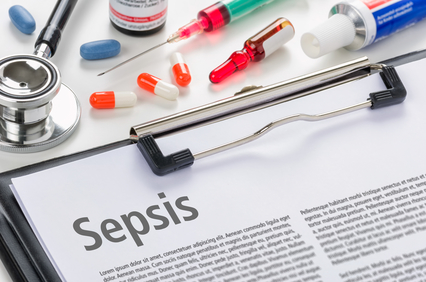Can a computer-aided model predict life-threatening sepsis? A model developed in the UK that uses routinely collected data to identify early symptoms of sepsis, published in CMAJ (Canadian Medical Association Journal) , shows promise.
Sepsis is a major cause of death in hospitals, and early detection is key to preventing deaths. Every hour of delay is linked to a seven per cent reduction in survival, but delays in detection are common. Several scores exist to help identify patients with sepsis, including the National Early Warning Score (NEWS) used in the United Kingdom’s National Health Service hospitals.
Researchers in the UK developed a computer-aided National Early Warning Score (cNEWS) to determine if it could enhance the accuracy of predicting sepsis.
“The main advantage of these computer models is that they are designed to incorporate data that exist in the patient record, can be easily automated and place no extra burden on the hospital staff to collect additional information,” says Professor Mohammed A. Mohammed, University of Bradford, Bradford, United Kingdom.
The cNEWS score can trigger screening for sepsis usually within 30 minutes of admission once routinely collected information has been electronically entered into the patient’s medical record.
“These risk scores should support, rather than replace, clinical judgment. We hope they will heighten awareness of sepsis with additional information on this serious condition,” says Professor Mohammed.
cNEWS may now be introduced carefully into hospitals with appropriate information technology infrastructure and evaluated.
“Computer-aided National Early Warning Score to predict the risk of sepsis following emergency medical admission to hospital: a model development and external validation study” is published April 8, 2019.




